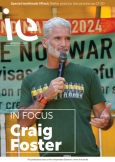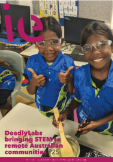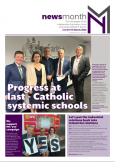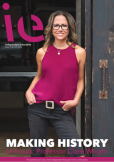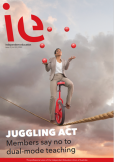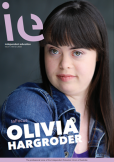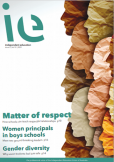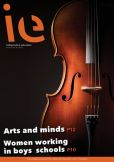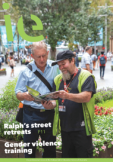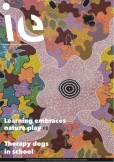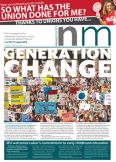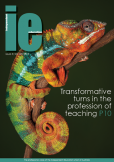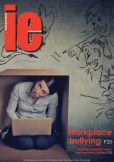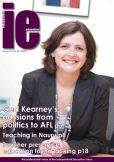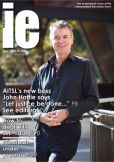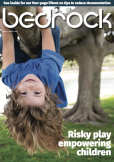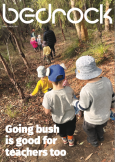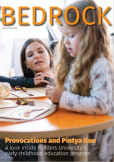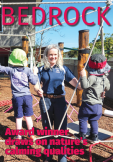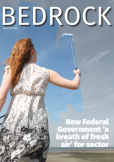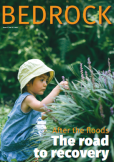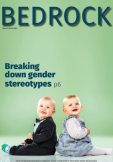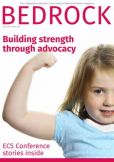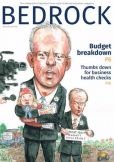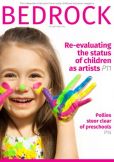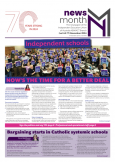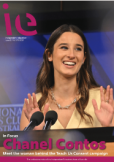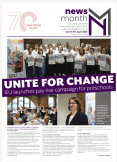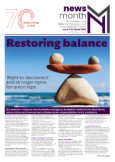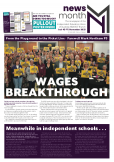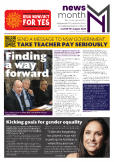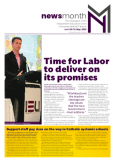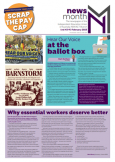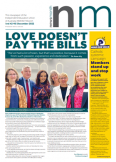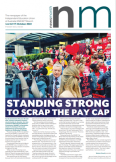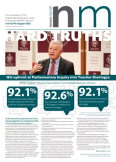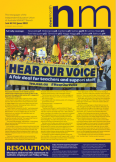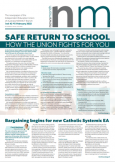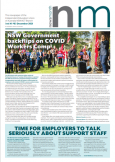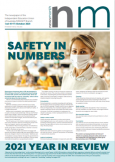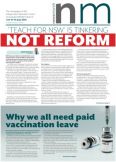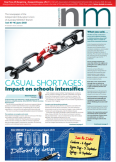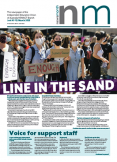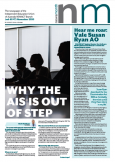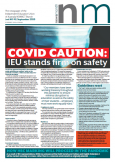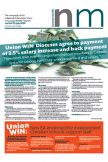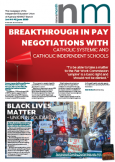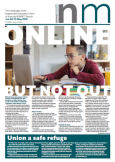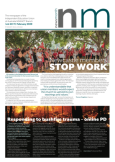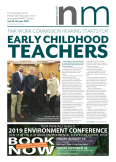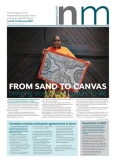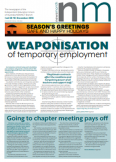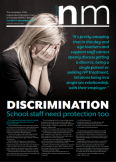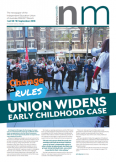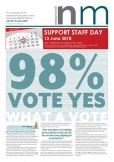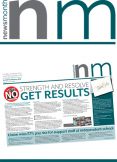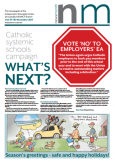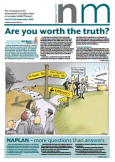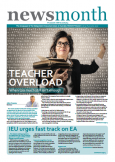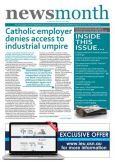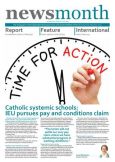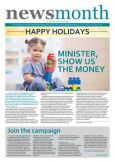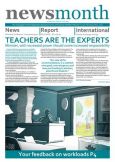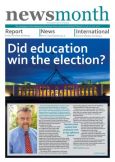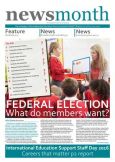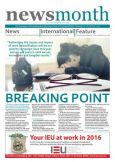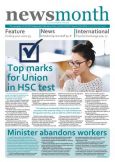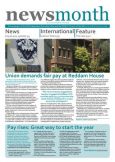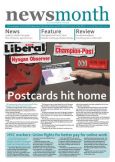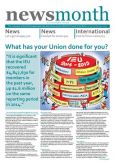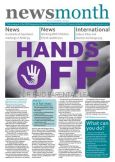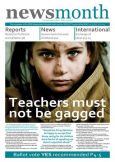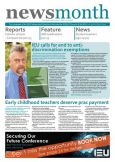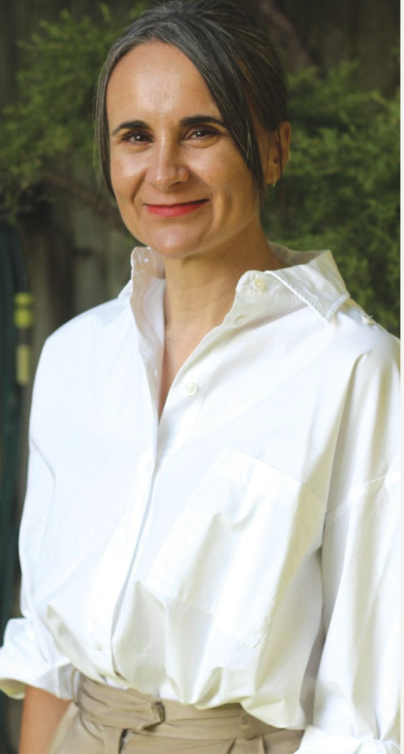
NSW Labor politician Dr Sarah Kaine, who co-founded the
project.
Hayes and her union colleagues were behind an historic campaign that helped transform the industrial landscape for workers in service industries, including teaching, firefighting, and social work.
And yet, if you stopped unionists in the street and asked them who Fran Hayes was, Lang says, “I reckon 90 per cent would say: ‘Fran who?’ And that just breaks my heart.” Hayes passed away last year.
Too often, “women are written out of history”, says Lang, who is now Director of Education and Capacity Building at the Australian Council of Trade Unions (ACTU).
That’s why she decided to join the women union leaders, activists, and rank-and-file members taking part in Australian Union Women: An Oral History Project.
Correcting an imbalance
The online digital archive was created by two industrial relations academics: Associate Professor Cathy Brigden from RMIT and Dr Sarah Kaine, who was then at UTS and is now a NSW Labor politician.
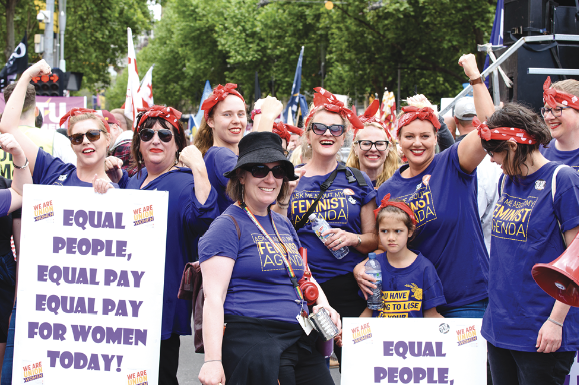
Members of We Are Union Women at a Melbourne rally in
2018.
Freely available online, the ongoing project features interviews with women who have played important roles in Australia’s union movement, including Lang, Hayes, politician and former President of the NSW Legislative Council Meredith Burgmann, plus the first woman President of the ACTU, Jennie George.
The idea for the initiative came to Brigden and Kaine when they were chatting at a conference, fantasising about their dream project. As academics, feminists and unionists, they wondered how they could combine their shared passions.
“And we said, well, how many fantastic women, particularly rank-and-file women, have we met over our time, over the years,” says Dr Kaine, “and how many stories out there just aren’t captured?”
The purpose of the project is to celebrate the contributions of these women and to help correct an imbalance in the way the story of Australia’s unions has been told. As explained on the website, “The recorded history of the Australian union movement has been dominated by stories and personal histories of the men who have led it.”
Stepping into the spotlight
With women’s voices missing from the narrative, the decision to make this an oral, rather than written historical record, was deliberate. The interviewers play background roles because, as Dr Kaine explains, “there’s something really powerful about listening to people’s stories in their own words”.
And yet for some of the women, it was an unnerving prospect or, as Lang described it, “crazy daunting”.
After years as a union organiser and elected official drawing attention to members and campaigns, Lang was used to writing herself “out of the story”.
For women and unionists, “we have a whole life of conditioning about not talking about ourselves, and that’s really hard to reprogram”, she says.
Lang was not alone in her discomfort in the spotlight. Many of the rank-and-file members interviewed wondered why they were even being asked, Dr Kaine says.
“They would say something like ‘I’m not a leader, I’m just a cleaner’ … and it’s like, well clearly, you’re not,” recalls Dr Kaine. They may not have been unions officials, but they led nonetheless.
So, there was a “real humility in the telling of their stories that I found immensely touching every time I spoke to them because these are women who showed just the kind of day-to-day bravery, which is the kind of inspiration for wanting to talk to them”, Dr Kaine says.
IEUA NSW/ACT Branch Secretary Carol Matthews, the first woman to hold the title in the branch, says it’s important to highlight the work of women members, “who push for change within the union movement”, not just elected officials.
“And let’s face it, as unionists, we don’t really operate as individuals – we always operate as part of a team,” Matthews says. “So, to focus on well-known women is useful, but it’s only a small part of the story.”
Recording what could be lost
Capturing the stories of women unionists before it’s too late was one of the aims of the archive, Dr Kaine says. Fortunately, Hayes was interviewed in time.
Her story is especially significant to teachers and support staff, Lang says. And that’s something Lang understands – her father was an IEU member and her mother was in the NSW Teachers Federation.
The David and Goliath campaign Hayes helped lead saw the Australian Social Welfare Union take on the government and big business on a shoestring budget and win, culminating in a landmark ruling in the High Court in 1983.
As Lang says, before the Child and Youth Support Services (CYSS) campaign, for workers to be considered workers in the federal industrial relations system, they had to produce a tangible good, such as a bolt or a widget, which meant people working in service industries like teaching weren’t recognised in the same way and didn’t have the right to a federal award.
The CYSS campaign paved the way for the rights that many workers, including teachers and support staff, have today, says Lang.
The lessons of history
For unionists working in feminised industries such as education, learning the role women have played in the nation’s labour movement is especially meaningful, says Pam Smith, a 40-year IEU member who worked for the union for almost 30 years, most recently as an Assistant Secretary of the NSW/ACT Branch.
“When we look at some of that history, it is empowering for women who may be in their own workplaces, facing some of these sorts of struggles,” Smith says.
For example, approaching a school principal alone about a workplace matter can be challenging, Smith says, but by drawing inspiration from the women who came before, unionists can see that “if I act collectively with my colleagues, then that’s the strength of the union” in achieving the best possible outcome for all.
With the NSW/ACT Branch celebrating its 70th anniversary this year, the time is right for reflecting on the history of unions and women’s place within it. But while the past holds lessons for the fights ahead, looking back is not something the union movement tends to do, Dr Kaine says.
There’s no time to think about what has been when you need to focus on what’s next. Put simply, “we’ve got stuff to do”, Dr Kaine says.
Matthews agrees, adding, “as women, but anyone in unions, we don’t tend to look at ourselves as historical figures, we just tend to get on with the job”, she says.
Watch this space
The online archive is a project that will continue to develop. When Dr Kaine left academia for politics, she passed the baton to another academic at UTS, Dr Mihajla Gavin, who has spearheaded it since 2019. While Dr Kaine regrets not being able to continue with the project, she is grateful it’s still going strong.
Dr Gavin’s research focuses on gender equality in industrial relations, so she is passionate about the archive. She is collecting more stories and wants to hear from a diverse range of women unionists.
Women in the labour movement can “undersell or undervalue the contributions we make”, she says, but every interview highlights an important campaign, struggle or reflection.
For women unionists, the wins may not be obvious in the moment, Dr Kaine says. But when you stand back, you can see the progress women in the union movement have made over time. Even when you “can’t see the benefit immediately, that doesn’t mean the fight isn’t worth having”, she says.
To learn more, see Australian Union Women: An Oral History Project: www.womeninunions.org
